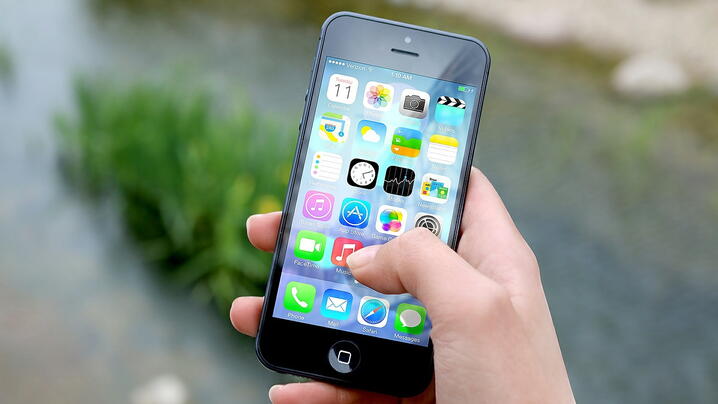
Communities will need to know if they must evacuate the area, shelter in place, the nature of the storm, power outage information, and more. To help provide accurate information to your citizens and to keep them in the know, here are several tools you and your community can use to share meaningful information.
1. Hurricane by American Red Cross
This mobile app gives instant access to local and real-time information on what to do before, during and after hurricanes. Features of the app include: "I'm Safe" messaging to let family and friends know via social media outlets that they are out of harm's way, location-based NOAA weather alerts, locations of Red Cross shelters, tips on how to make and execute an emergency plan, and preloaded content that gives users instant access to critical action steps, even without mobile connectivity.
[Download the Hurricane by American Red Cross app]
2. The Fema App: Helping Your Community Weather the Storm
Available in both English and Spanish, this app provides alerts for severe weather and tips on how to stay safe before, during, and after an event. Users can also upload and share disaster-related photos and apply for federal disaster assistance through the app.
3. Social Media
Twitter, Facebook, and YouTube serve as great emergency management tools to disseminate information to the public and to communicate with them. From a 2013 National Preparedness Report from FEMA, it noted that users sent more than 20 million Sandy-related Twitter posts, despite the loss of cell phone service during the peak of the storm. To stay connected with your community:
- Monitor social media for public reactions to the storm;
- Respond to questions on Twitter directly;
- Publish information on Twitter and Facebook after each press conference;
- Create a hashtag that your community can easily follow along with.
4. 3-1-1 Systems
Local government needs to communicate that it is open for business and available to serve citizens during the storm. 3-1-1 plays a frontline role in giving citizens the information they need before, during, and after an emergency, and in alerting government agencies about areas where services are needed.
During a crisis when residents want information and want it fast, 311 systems can help deliver it and take the burden off of 911 in the process. Here is a great example of its success:
- The city of Hampton, Virginia, had higher than normal call volume to its 311 centers during Hurricane Irene and significantly higher volume in the two days prior to the storm. Once an automated message about storm information was recorded on the 311 system—only 15 seconds before they get to 311 operators— calls starting dropping off as citizens got the information they needed and hung up.
- With the help of their 311 system, Hampton was better prepared for Irene than they were for Hurricane Isabelle in 2003, which brought lots of devastation to the area. City officials knew what to expect and could stay ahead of calls and issues, and residents were better prepared and knew what the city could and would do.
[Learn more about 3-1-1 systems]
New, Reduced Membership Dues
A new, reduced dues rate is available for CAOs/ACAOs, along with additional discounts for those in smaller communities, has been implemented. Learn more and be sure to join or renew today!
